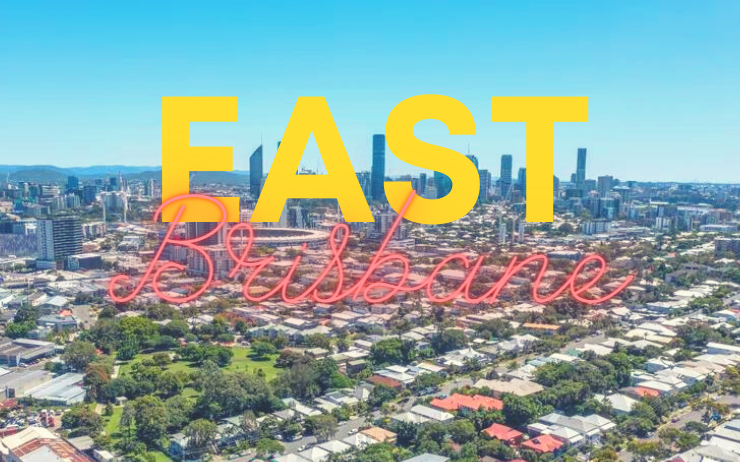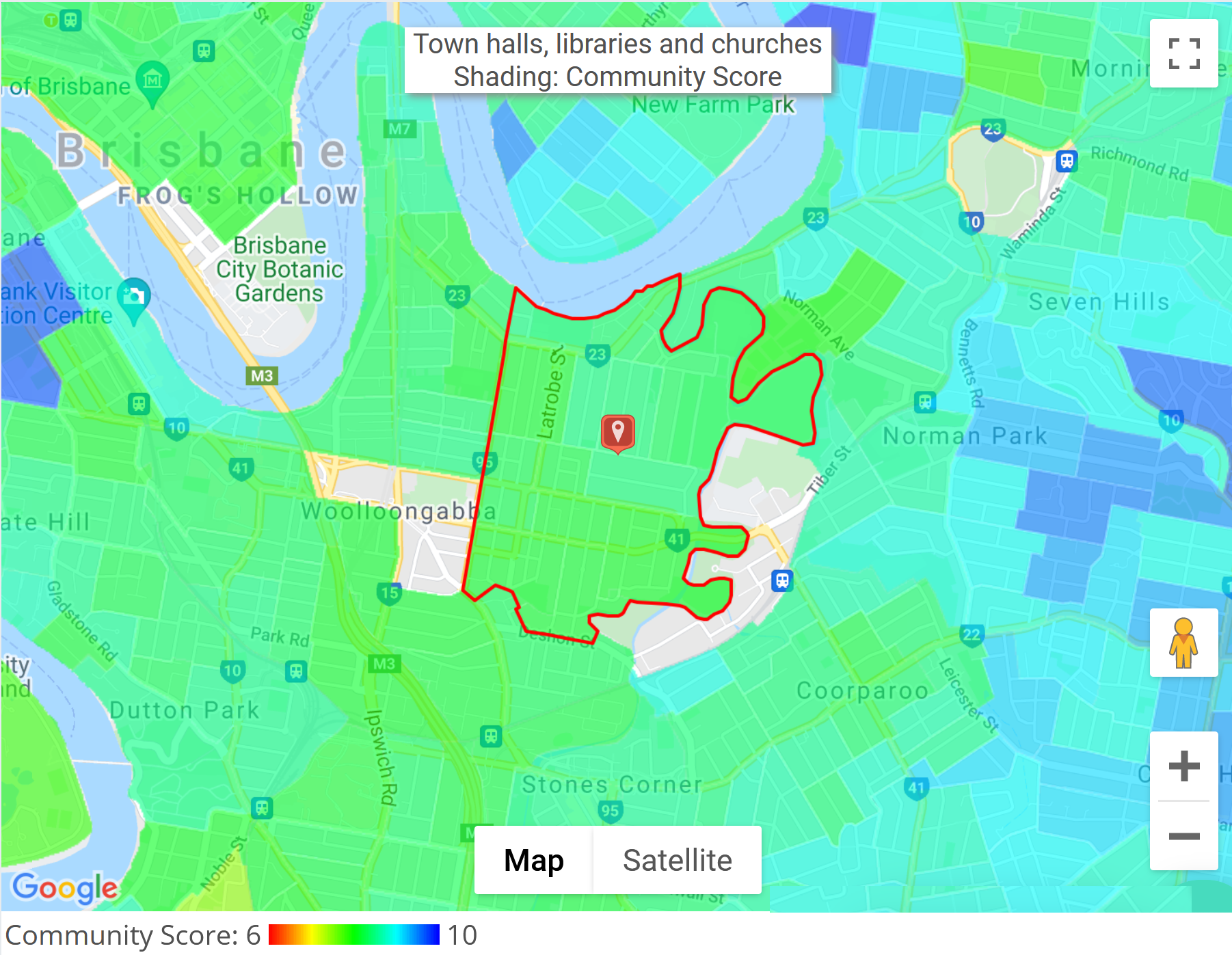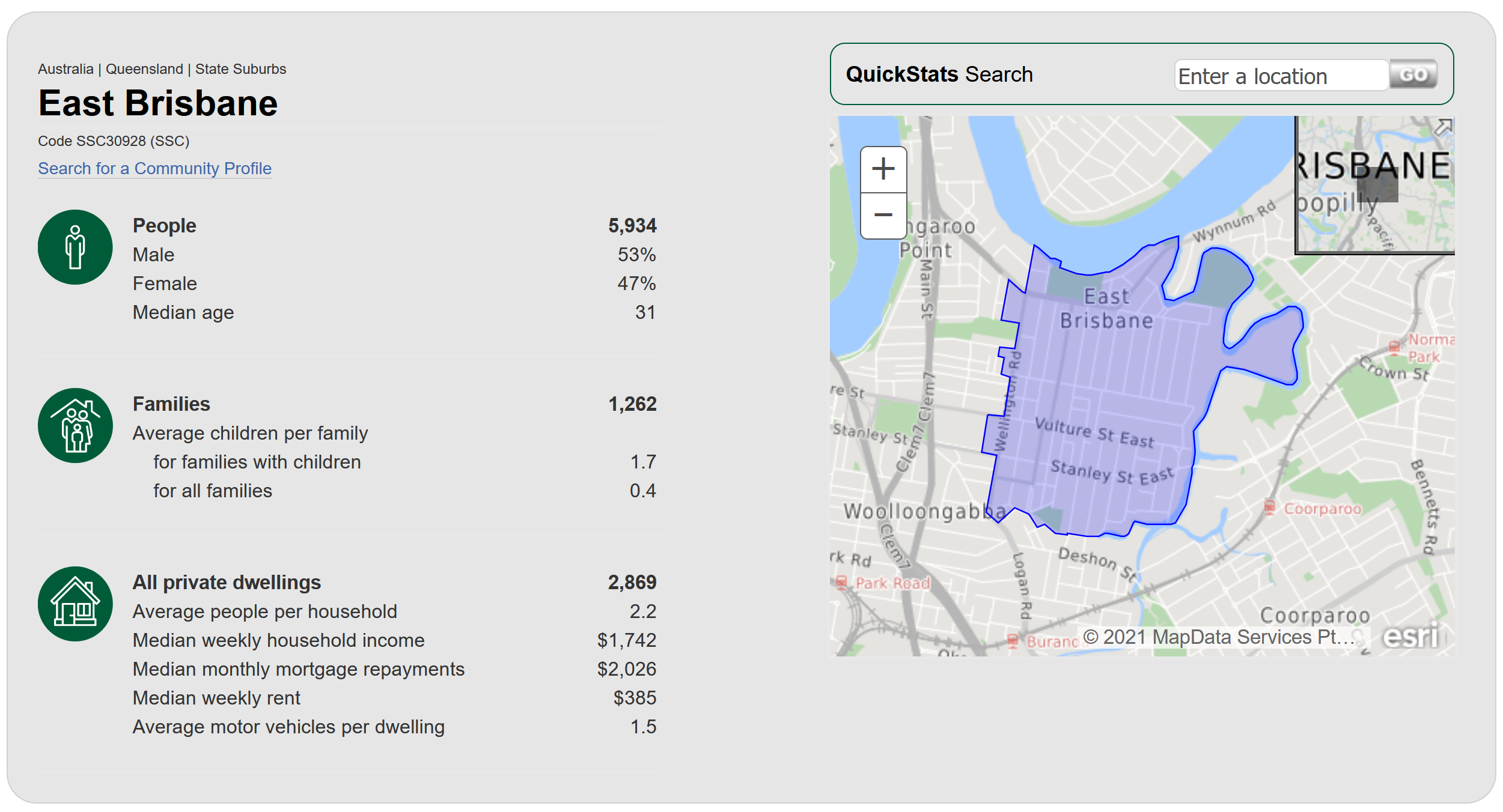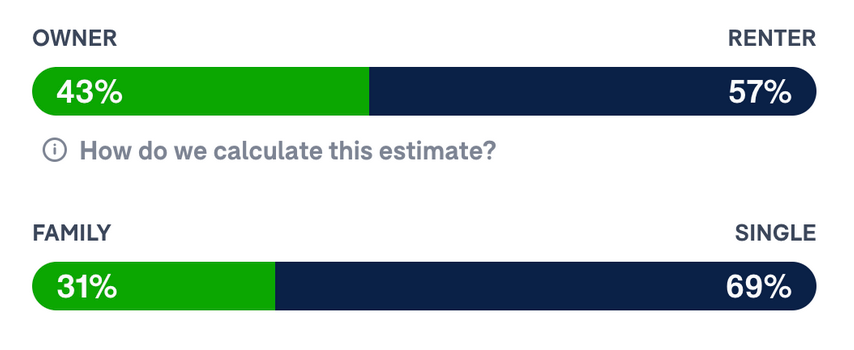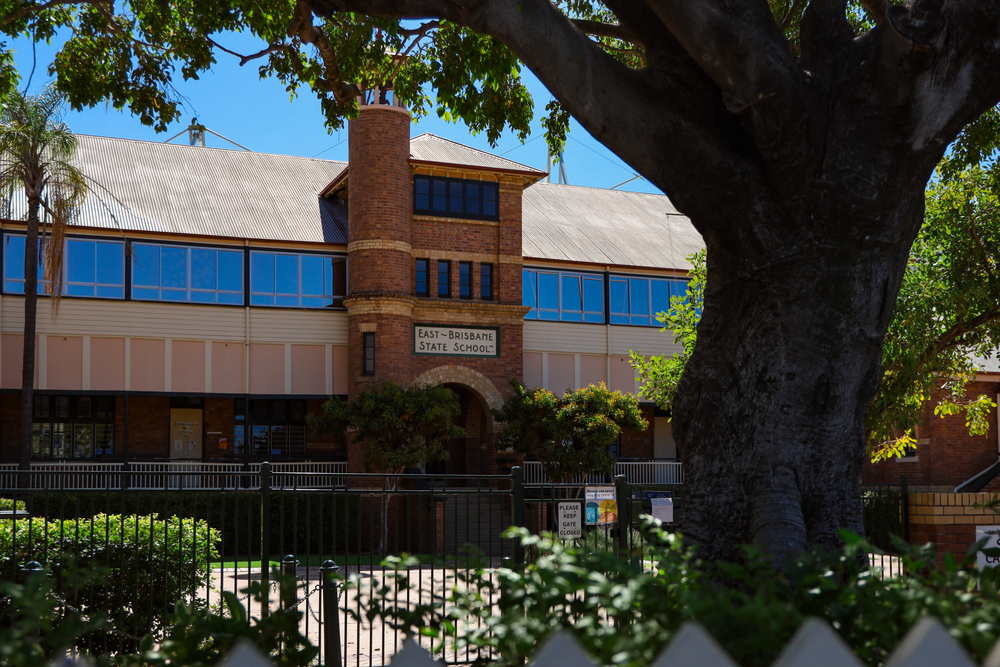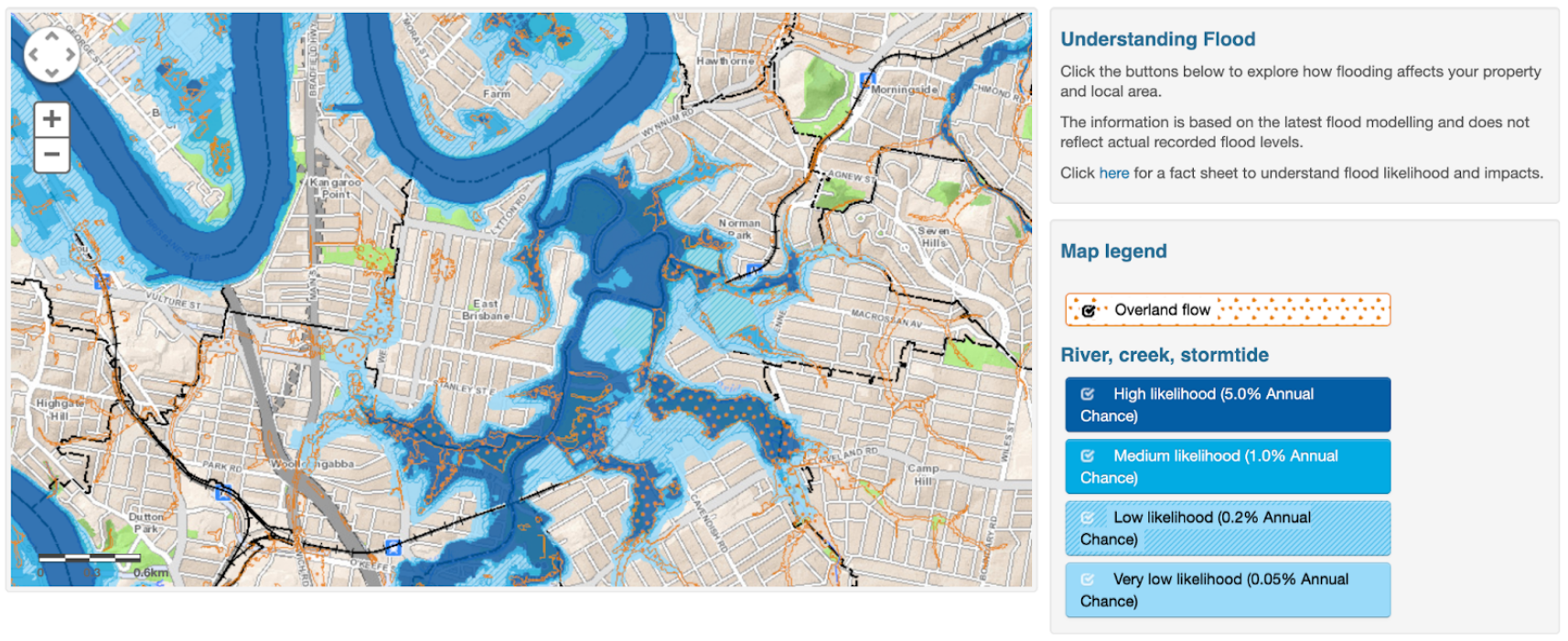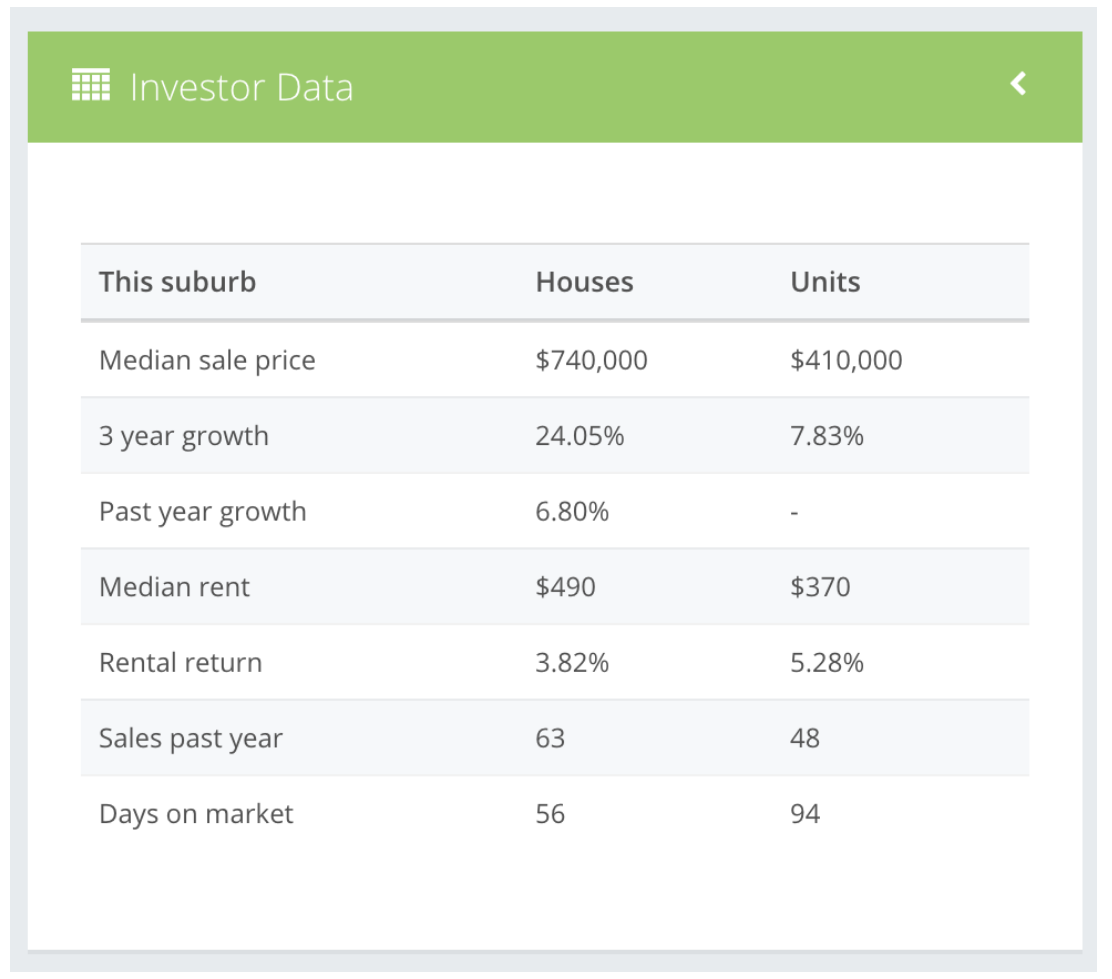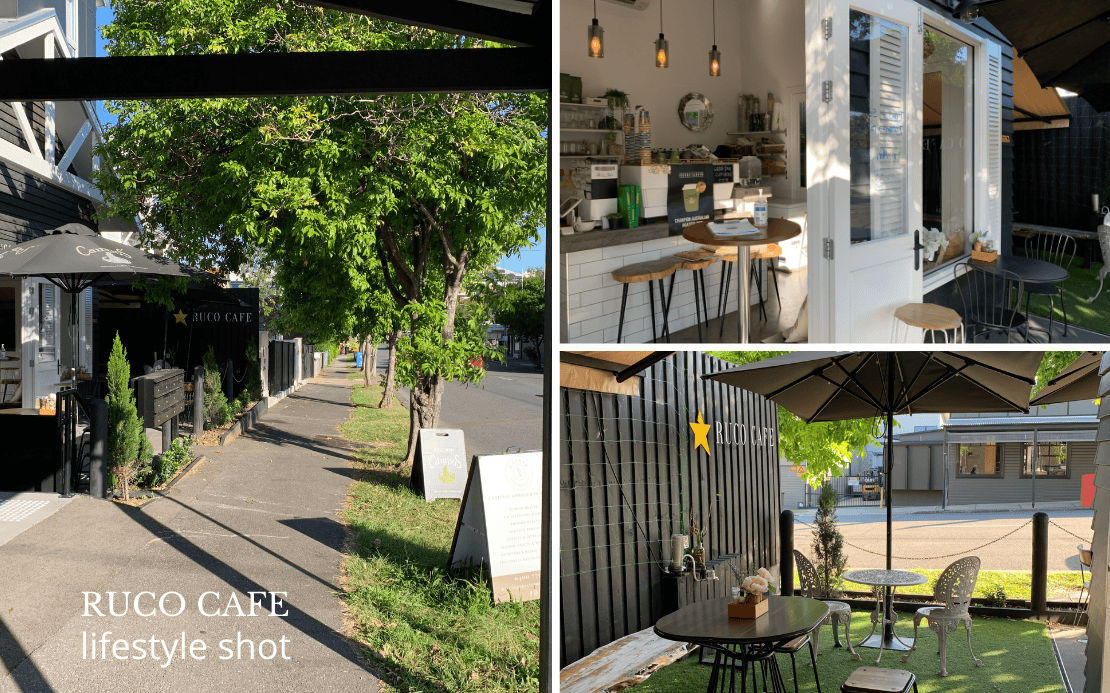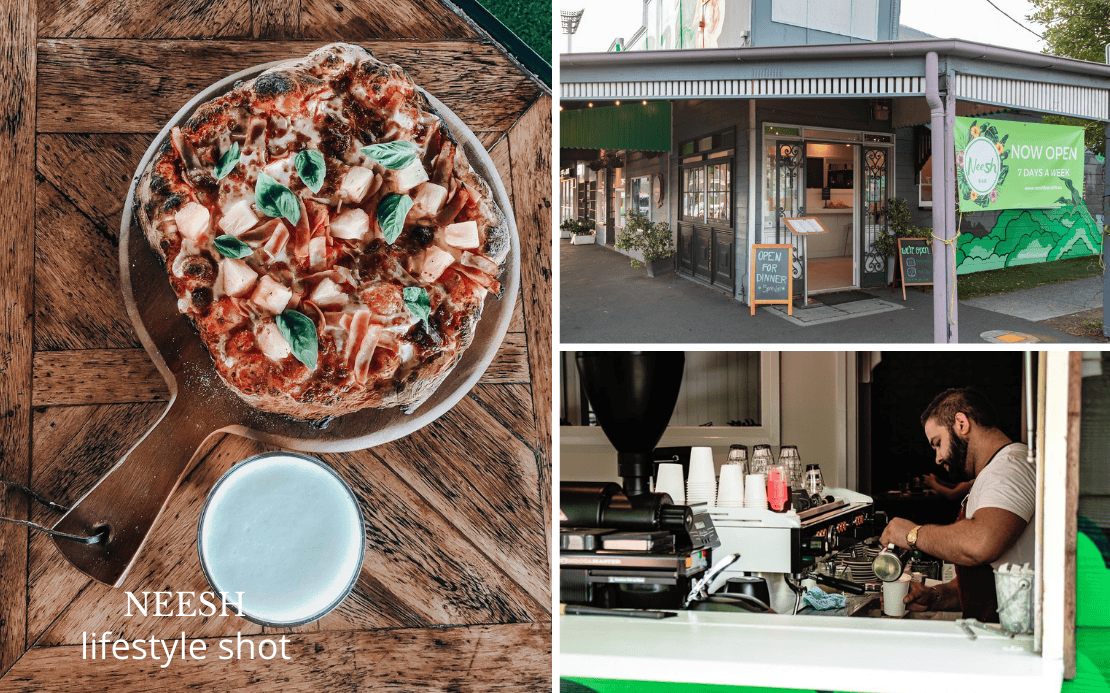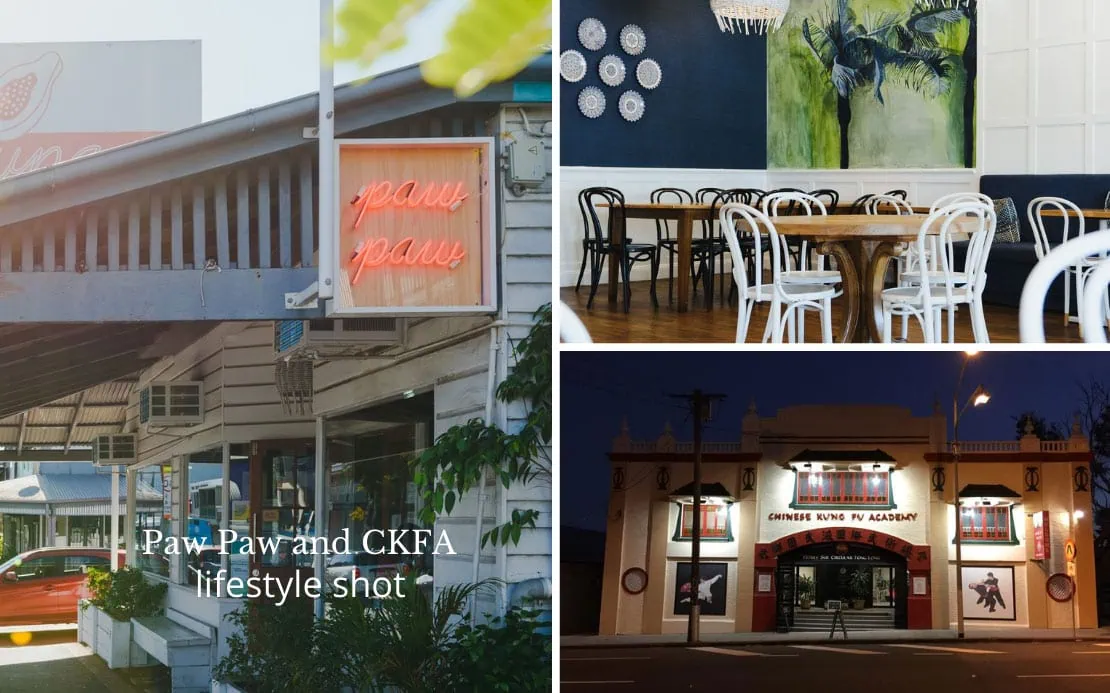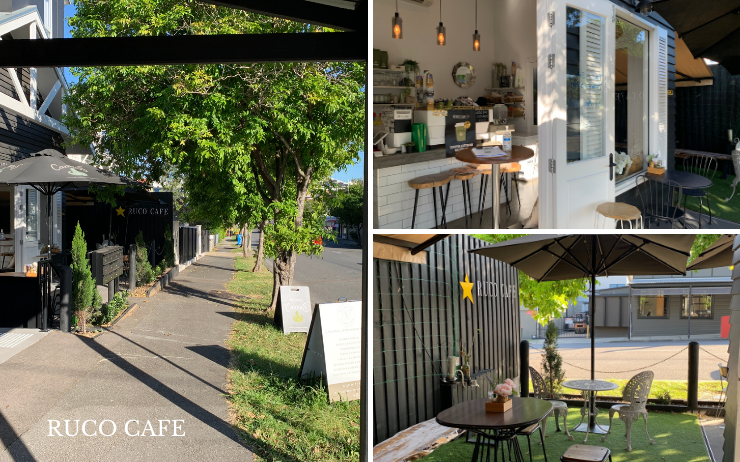East Brisbane is a beautiful, leafy suburb offering the pinnacle of inner-city fringe living. Just over 3km from Brisbane’s city centre, this suburb marries the convenience of being close to the city with the serenity of suburban living.
At Matthews Real Estate, we’re well-acquainted with Brisbane, its suburbs and all real estate matters. Looking to rent, buy, or sell in East Brisbane? This guide is here to help you.
East Brisbane Suburb Profile
A suburb filled with a rich history.
| Year | Notable Events |
|---|---|
| Reverend Thomas Mowbray became among the first to buy land in East Brisbane. He purchased 13 acres that were later developed into Mowbraytown. | |
| The first bridge was built across the mouth of Norman Creek. Prior to its completion, residents wanting to access Norman Creek had to detour to Stones Corner to use the bridge. | |
| Reverend Mowbray’s wife, Wilhemina Mowbray died. He subdivided his land and named it Mowbray Town in her memory. | |
| The park on Mowbray Terrace, at the top of Heidelberg Street and Northcote Street was also named in her memory. It’s still known today as Wilhemina Park. | |
| Mowbraytown Presbyterian Church was built. Today, this church is a heritage-listed church found on Mowbray Terrace. | |
| East Brisbane Uniting Church was built. Now a heritage-listed church, you can find this one at 20 Norman Street. | |
| The electric tram came to East Brisbane and Woolloongabba, coming with it, massive residential development. The line was extended in 1901 to travel along major roads, Elfin and La Trobe Streets and Lytton Road. | |
| East Brisbane State School was developed, just across the road from The Gabba Cricket Ground. | |
| Still acting as social hubs in the suburb, the Bowls Club and the Croquet Club were built. | |
| The Ipswich Road tram was extended to the Salisbury munitions works and all of Tarragindi could be reached from a tram stop. | |
| The First World War memorial was established in Mowbray Park, it was Brisbane’s first war memorial. | |
| St Benedict’s Catholic Church was built on Mowbray Terrace. It’s still used today as a Catholic Church. It became heritage-listed in 2004. | |
| Anglican Church Grammar School, better known as Churchie was established in East Brisbane. It was originally founded by Canon William Morris in Toowong. | |
| The East Brisbane Tidal Baths were established down on the river. It was a swimming enclosure on the bank of Mowbray Park. In the early days of the baths, the opening hours were separated for men and women. | |
| The tramline, which travelled from Ashgrove in the west, past East Brisbane to Camp Hill was removed. |
Table 1: Timeline of East Brisbane’s History

